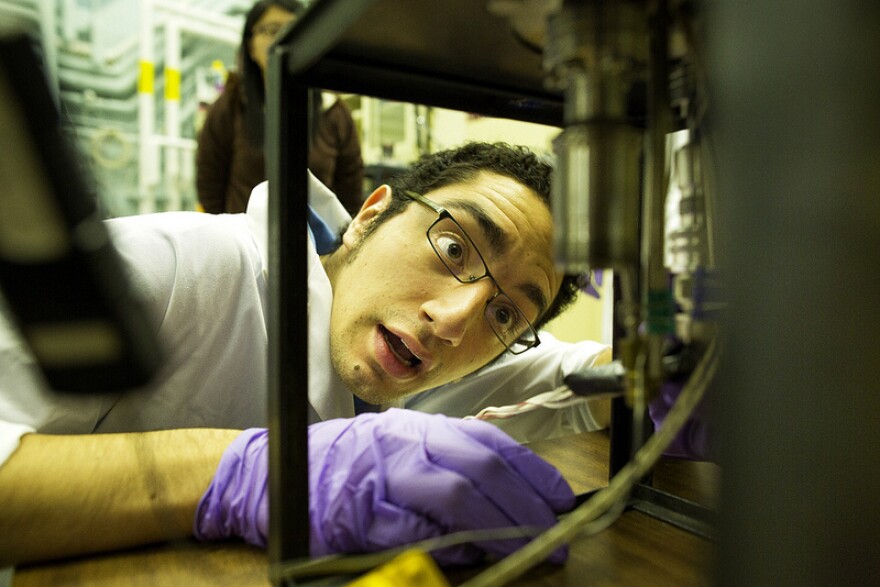Engineering researchersat the University of Michigan are trying to figure out how radiation damages the different materials used to make nuclear power plants.
There are roughly 100 nuclear power plantsin the U.S., and most of them are getting old. Researchers want to figure out how long the reactors can hold up in such harsh environments over time.
Gary Was is with the nuclear engineering and radiological science department at U of M.
He hopes the experiments will show how well and how long different materials, like steel, will hold up inside a nuclear reactor.
“We are very interested in tracking how radiation is affecting their performance. And we want to be able to predict what it’s going to look like in another 10 years or 20 years or 30 years – how long can these plants go?” Was explained.
Was says it’s increasingly difficult to use test reactors for this kind of research because it takes too long and it’s too expensive.
“Test reactors create damage at a fairly low rate, about what you do in a power reactor. So if you want to know what’s going to happen in 30 years in a power reactor, sticking something in that test reactor doesn’t help because it’ll take you 30 years to get the answer. So the problem is you can’t get ahead,” Was said.
In just a few years, the researchers will determine how well damage from ion beams in the laboratory mirrors the actual damage that reactor components sustain over decades of use. It’s not clear yet if the results will be comparable.
“Once we’re able to show that, yes this really works it really works really well; we should be able to experience a quantum leap in the development of materials for these harsh environments,” Was said.
"The pace of material development will just skyrocket. That's the promise. That's what's at the end of the rainbow for this project," Was said.
If it works, older nuclear plants may be able to last longer or new plants with harsher environments could be developed.
The U.S. Department of Energy is paying for the $5 million study. It’s led by U of M but includes six other universities; plus national laboratories and international partners in the United Kingdom and France. It will last at least three years.






